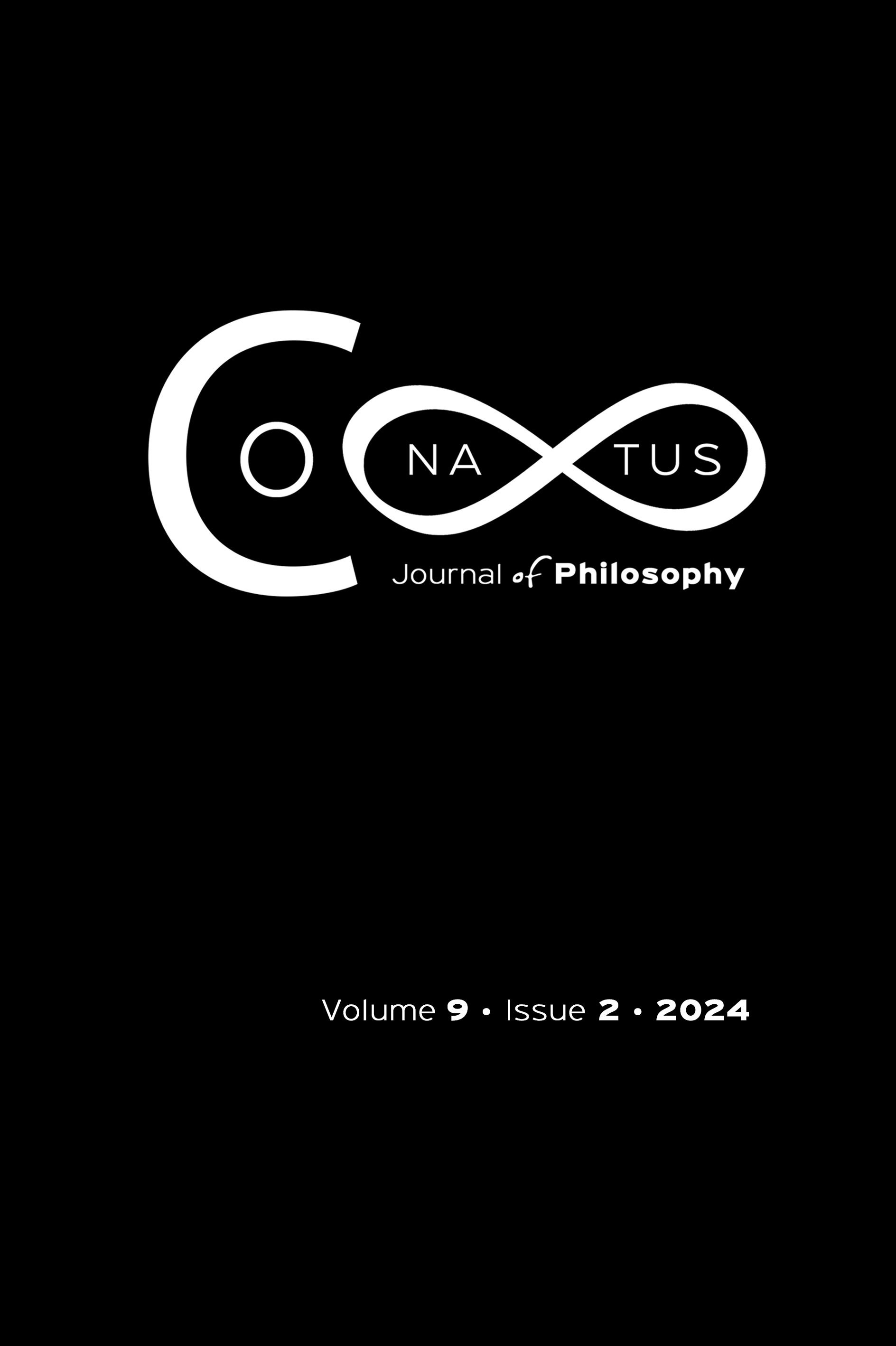Visualization as an Intuitive Process in Mathematical Practice

Abstract
In the field of the philosophy of mathematics, in recent years, there has been a resurgence of two processes: intuition and visualization. History has shown us that great mathematicians in their inventions have used these processes to arrive at their most brilliant proofs, theories and concepts. In this article, we want to defend that both intuition and visualization can be understood as processes that contribute to the development of mathematical knowledge as evidenced in the history of mathematics. Like intuition, visualization does not have a definition, and its role has become more prominent both in pure mathematics and in educational research. For us, both visualization and intuition are processes that start from the real world of those who “intuit” or “visualize,” require experience and knowledge of concepts and theories (the more expertise in the subject, the more profound the results will be) and must, in the end, be validated by the specialized academic community. In this article, we defend the importance of visualization in mathematical practice and its role in the advances of great scientists (Euclid, Euler, Galileo, Descartes, Newton, Maxwell, Riemann, Einstein, Feynman, among others) as an alternative and valuable way to symbolic thinking, which has “reigned” in the academic and scientific community.
Article Details
- How to Cite
-
Peña-Páez, L. M. (2024). Visualization as an Intuitive Process in Mathematical Practice. Conatus - Journal of Philosophy, 9(2), 195–221. https://doi.org/10.12681/cjp.34917
- Section
- Articles

This work is licensed under a Creative Commons Attribution-NonCommercial 4.0 International License.
Authors who publish with this journal agree to the following terms:
Authors retain copyright and grant the journal right of first publication with the work simultaneously licensed under a Creative Commons Attribution Non-Commercial International License (CC BY-NC 4.0) that allows others to share the work with an acknowledgement of the work's authorship and initial publication in this journal.
Authors are able to enter into separate, additional contractual arrangements for the non-exclusive distribution of the journal's published version of the work (e.g. post it to an institutional repository or publish it in a book), with an acknowledgement of its initial publication in this journal.
Authors are permitted and encouraged to post their work online (preferably in institutional repositories or on their website) prior to and during the submission process, as it can lead to productive exchanges, as well as earlier and greater citation of published work.





